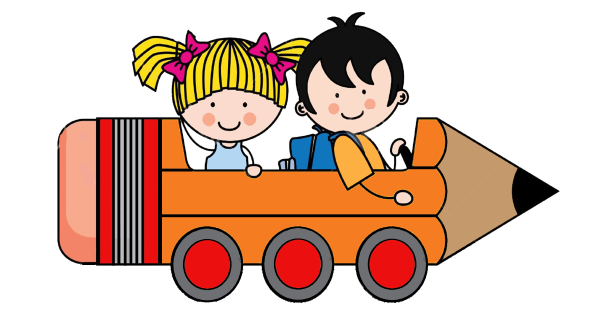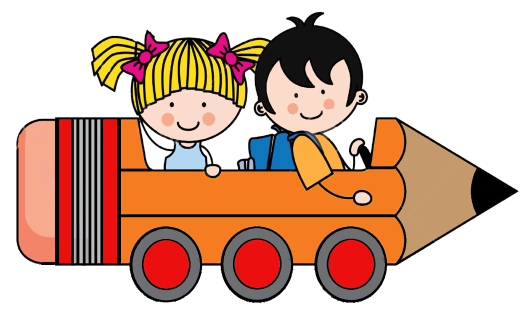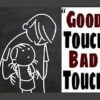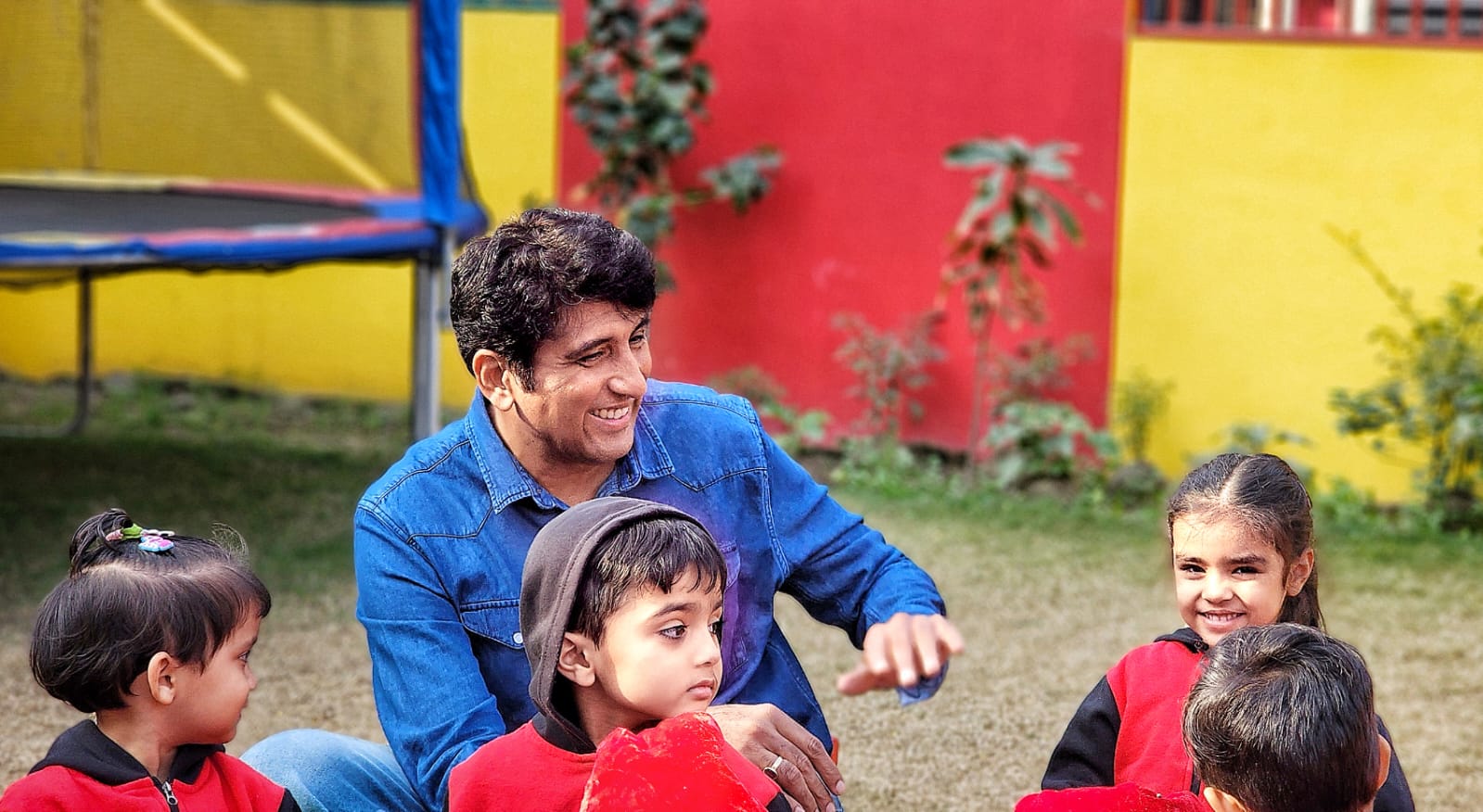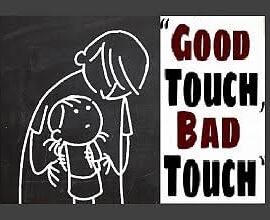Positive reinforcement is one of the most effective ways to motivate children between the ages of 2 to 10 years. It involves rewarding desirable behavior with positive feedback or incentives, such as praise, hugs, stickers or small treats. In contrast, negative comments and punishments may lead to fear, anxiety and low self-esteem and may not produce long-term changes in behavior. As a result, it is essential to create a positive and supportive environment that promotes intrinsic motivation and encourages children to explore, learn, and grow.
At Niño & Niña Preschool, we have integrated positive reinforcement and motivation into our daily routines and activities, to help children develop social-emotional skills, cognitive abilities, and physical coordination. Here are some examples of how we use positive reinforcement in our classrooms:
Encouraging Positive Interactions: We teach our children to use kind words, share toys, take turns, and listen to each other. When we see positive interactions between children, we praise and reinforce their behavior, saying things like “Wow, you are a great friend!” or “Thank you for sharing. That was very kind of you.”
Acknowledging Effort and Improvement: We believe that every child is unique and has their own pace of development. We celebrate every milestone, big or small, and acknowledge the effort and improvement that children make. For instance, if a child struggled putting on his shoes on his own but finally succeeded, we would say, “Great job! You worked hard on that and now you can put on your shoes like a big kid!”
Using Fun Incentives: We use fun and creative incentives to motivate children, such as stickers, stamps, stars, smiley, certificates or small prizes. These incentives are not meant to be bribes or to focus solely on the reward, but rather to reinforce positive behavior and create a sense of achievement. For example, if a child completes a puzzle without help, they might receive a certificate that says “Puzzle Master.”
Modeling Positive Behavior: We believe that adults play a crucial role in modeling positive behavior and attitudes. Our teachers and nannies use positive language, tone, and body language to communicate with children and they encourage children to do the same. For example, if a child is upset or frustrated, we might say, “It’s okay to feel angry. Let’s take some deep breaths and talk about how we can solve the problem together.”
By using positive reinforcement and motivation, we have seen significant improvements in our children’s behavior, confidence and self-esteem. They are more willing to try new things, more engaged in learning and more respectful and empathetic towards others. We have also noticed that children who receive positive feedback are more likely to give positive feedback to others, creating a cycle of kindness and support.
As Parents and Early Childhood Educators and Care Givers we need to remember that positive reinforcement and motivation are powerful tools for shaping children’s behavior and attitudes. By creating a positive and supportive environment, we can help children develop a love of learning, a sense of autonomy and competence and a strong social-emotional foundation. At Niño & Niña Preschool, we are committed to using positive reinforcement and motivation to promote the holistic development of every child in our care.
-Divya Joshi
